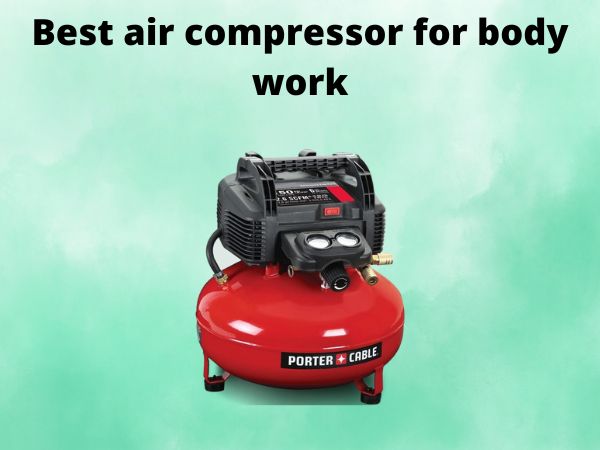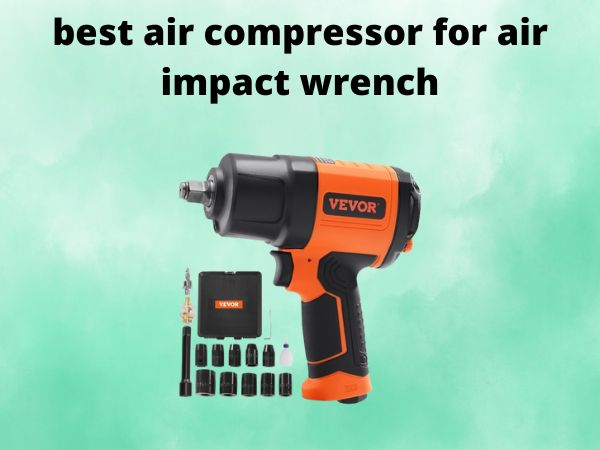How to Adjust Air Compressor Unloader Valve Properly
Owning an air compressor can be a game-changer for any DIYer, mechanic, or workshop owner. These powerful tools make countless tasks easier, from inflating tires to powering pneumatic tools. But like any piece of equipment, air compressors require proper maintenance to function at their best. One critical component that needs attention is the unloader valve – a small but mighty mechanism that plays a big role in your compressor’s performance.
In this comprehensive guide, I’ll walk you through the step-by-step process of adjusting an air compressor’s unloader valve. By the end, you’ll have the know-how to ensure your air compressor is running at peak efficiency, helping you tackle your projects with ease. Let’s dive in!
Table of Contents
What is an Air Compressor Unloader Valve?
The unloader valve is a key component of an air compressor that controls the flow of air in and out of the system. Its primary function is to allow the compressor to start and stop without putting unnecessary strain on the motor.
When the compressor is running and building up pressure, the unloader valve opens to release that pressure, making it easier for the motor to start the next cycle. Once the desired pressure is reached, the valve closes to maintain that level in the air tank.
Without a properly functioning unloader valve, your air compressor would struggle to start, leading to potential damage to the motor or other components. That’s why it’s essential to keep this valve in good working order through regular adjustments and maintenance.
Why Adjust the Unloader Valve?
Adjusting the unloader valve serves a few important purposes:
- Optimize Performance: A properly adjusted unloader valve ensures your air compressor is operating at peak efficiency, delivering the right amount of air pressure and airflow for your needs.
- Extend Lifespan: Keeping the unloader valve calibrated helps prevent premature wear and tear on the compressor’s motor and other components, extending the overall lifespan of your equipment.
- Improve Safety: An unloader valve that’s out of adjustment can cause unsafe pressure levels, which could lead to dangerous situations. Proper adjustment helps maintain safe, controlled operation.
Ultimately, taking the time to adjust your air compressor’s unloader valve is a simple yet essential maintenance task that pays dividends in the long run. Let’s get started on how to do it.
How to Adjust an Air Compressor Unloader Valve
Adjusting an air compressor unloader valve may seem intimidating, but it’s actually a straightforward process that most DIYers can handle. Here’s a step-by-step guide:
Step 1: Prepare the Compressor
- Unplug the air compressor or disconnect it from the power source.
- Release all the air pressure from the tank by opening the drain valve.
- Locate the unloader valve, which is typically found near the compressor’s pressure switch.
Step 2: Identify the Adjustment Mechanism
The unloader valve will have some form of adjustment mechanism, usually a knob, screw, or hex nut. Consult your owner’s manual to determine the specific type and how to access it.
Step 3: Adjust the Pressure Setting
Using the appropriate tool, begin turning the adjustment mechanism. As a general rule:
- Turning the adjustment clockwise will increase the pressure setting.
- Turning it counterclockwise will decrease the pressure setting.
Make adjustments in small increments, checking the compressor’s pressure gauge after each turn. The goal is to set the unloader valve to the manufacturer’s recommended pressure range, which is typically between 90-120 PSI.
Step 4: Test the Adjustment
Once you’ve made the adjustment, plug in the compressor and turn it on. Listen for the unloader valve to engage as the pressure builds, and watch the gauge to ensure it reaches the desired setting.
If the pressure is still too high or low, repeat the adjustment process until you achieve the optimal range.
Step 5: Finalize the Adjustment
When you’re satisfied with the pressure setting, secure the adjustment mechanism in place to prevent it from shifting over time. Some unloader valves have a locking mechanism or jam nut for this purpose.
And that’s it! With just a few simple steps, you’ve successfully adjusted your air compressor’s unloader valve to ensure peak performance.
Conclusion
Maintaining your air compressor’s unloader valve is a straightforward yet essential task that can have a big impact on the tool’s overall efficiency and lifespan. By taking the time to properly adjust this component, you’ll enjoy smoother, safer, and more reliable operation from your air compressor – helping you tackle your projects with confidence.
Remember, always consult your owner’s manual and follow the manufacturer’s recommended pressure settings when adjusting the unloader valve. And if you ever feel unsure or encounter any issues, don’t hesitate to reach out to a qualified technician for assistance. Happy compressing!
FAQs
How do I know if my air compressor’s unloader valve needs adjusting?
Some common signs that your unloader valve needs adjustment include difficulty starting the compressor, inconsistent air pressure, or the motor running for an unusually long time before shutting off. If you notice any of these issues, it’s a good idea to check and adjust the unloader valve as needed.
Can I adjust the unloader valve on any air compressor?
The process for adjusting the unloader valve is generally the same across most air compressor models. However, the specific adjustment mechanism and recommended pressure settings may vary, so it’s important to consult your owner’s manual for the exact instructions for your particular compressor.
How often should I adjust the unloader valve?
Most manufacturers recommend checking and adjusting the unloader valve every 6-12 months, or anytime you notice changes in your compressor’s performance. Regular maintenance helps ensure the valve stays properly calibrated and your air compressor continues to function at its best.
What happens if the unloader valve is set too high or too low?
If the unloader valve is set to too high of a pressure, it can cause the compressor to struggle to start and put unnecessary strain on the motor. Conversely, if the pressure is set too low, the compressor may not be able to build up enough air pressure to power your tools effectively. Either scenario can lead to reduced efficiency and potential component damage over time.
Can I adjust the unloader valve myself, or should I have a professional do it?
For most DIY-inclined users, adjusting the unloader valve is a relatively simple task that can be done safely at home. However, if you’re ever unsure or encounter any complications, it’s always best to consult a qualified air compressor technician to ensure the job is done properly and your equipment remains in top condition.



